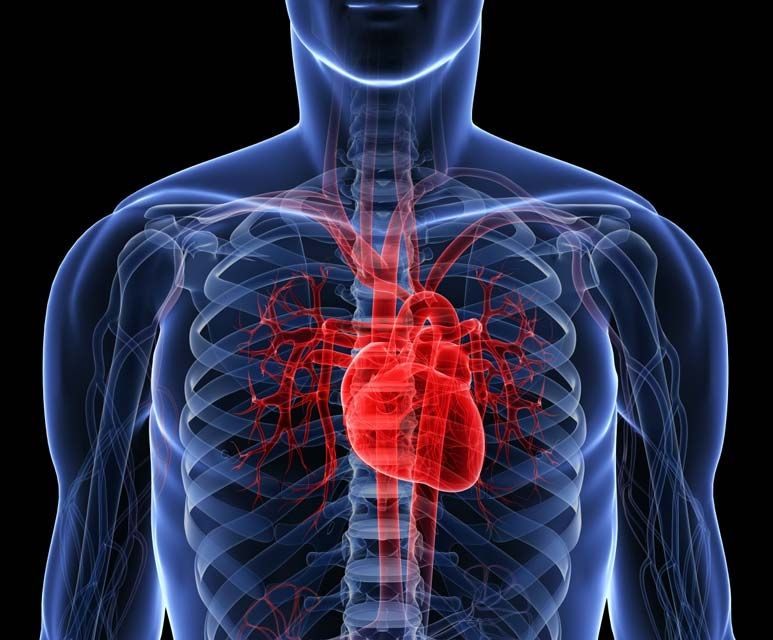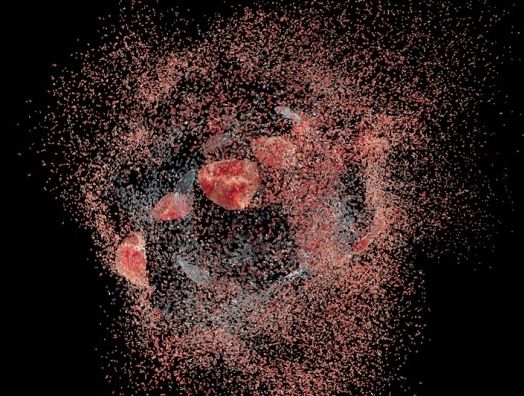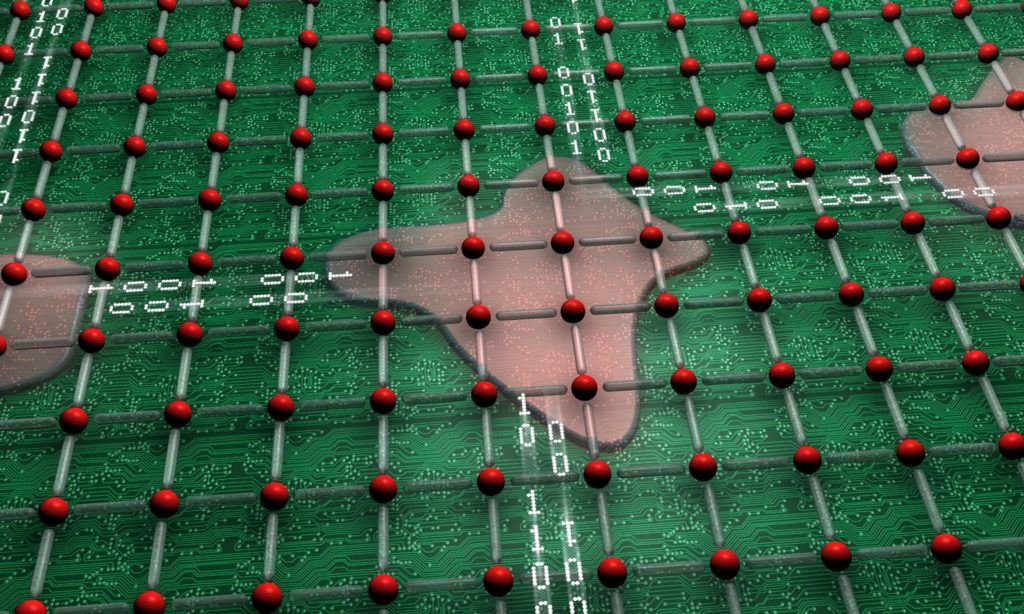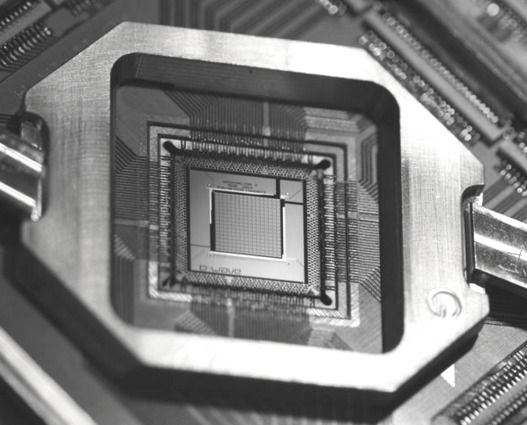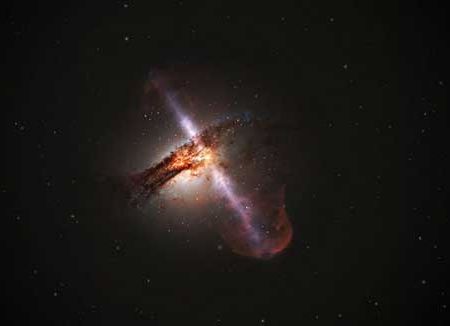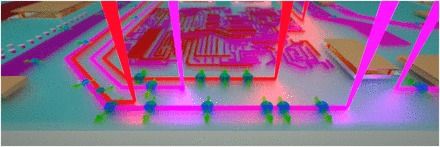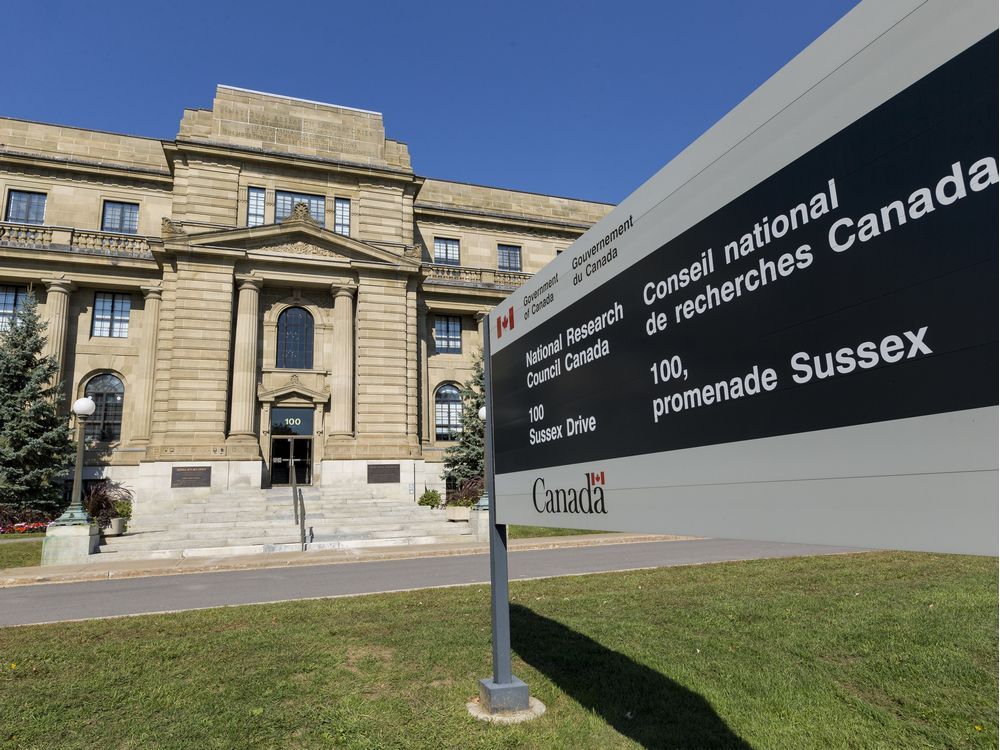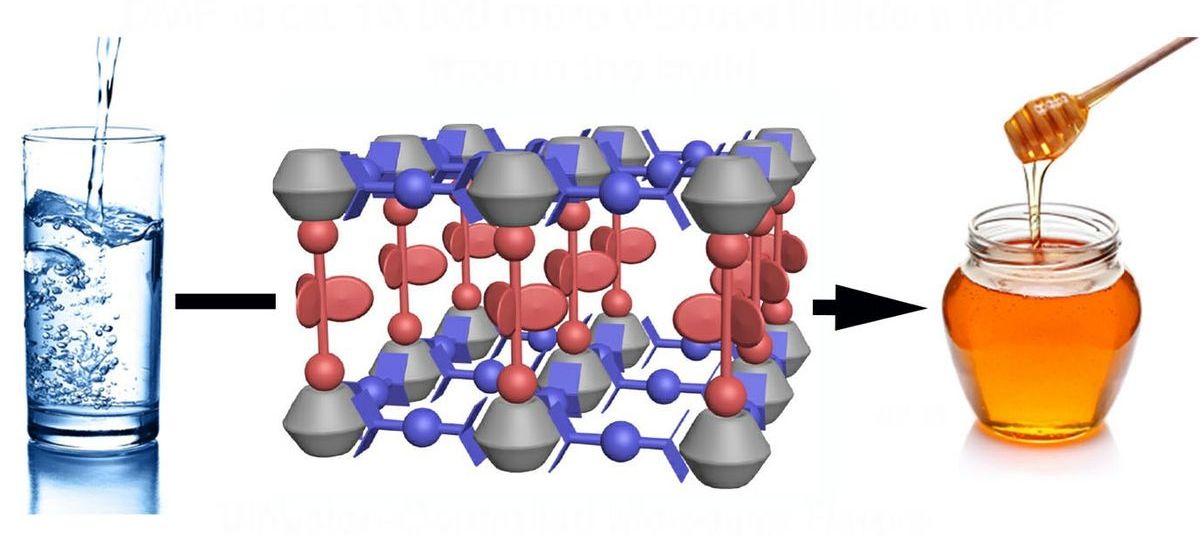Sep 14, 2016
Scientists develop revolutionary heart attack sensor
Posted by Karen Hurst in categories: biotech/medical, genetics, nanotechnology
An international collaboration of scientists involving a team of researchers at Manchester led by Dr. David J. Lewis has developed a tiny electric sensor, which could potentially improve patient survival rates by telling doctors if a person has had a heart attack.
Cardiovascular diseases account for around 30 per cent of adult deaths in the 30–70 year age group, which is greater than the combined deaths from all types of cancer. The ability to diagnose cardiac disease is therefore of utmost concern to doctors. When someone has a heart attack, certain chemicals are released into their bloodstream in elevated amounts, and blood tests are therefore the key to diagnosis.
Lewis, from Manchester’s School of Materials, has worked with his colleagues and a team at India’s Institute of Nano Science and Technology (INST) since 2014 to develop a nanoscale sensor made from ‘few-layer black phosphorus’, a new 2D material, which was coated in Deoxyribonucleic Acid (DNA)/genetic material. The immobilised DNA binds to a chemical called myoglobin, which increases in blood plasma after a heart attack and can be detected and measured by a simple electrical test. This could have a major impact, as it is potentially the most rapid, sensitive, selective and accurate method currently available to detect if someone has elevated levels of myoglobin – the measurement of which is one of the methods used in hospitals to check if someone has suffered a heart attack. The researchers predict that its eventual introduction into the clinic could potentially improve patient survival rates after an attack.
Continue reading “Scientists develop revolutionary heart attack sensor” »
